
Winter is closing in on Ukraine again, and this year the stakes feel sharper than ever. Germany’s decision to channel millions into US air defence systems lands at a moment when many allies are pulling back, leaving a widening gap in support. The move signals a shift with real consequences for factories abroad and survival at home. What happens next could shape Ukraine’s entire path through the cold months ahead.
What’s Going On

Germany is committing €150 million, roughly $174 million, to purchase US-made Patriot systems and missiles for Ukraine through NATO’s PURL framework. The pledge was announced in Berlin after a meeting of E5 defence ministers in mid November. It reflects a push to fill urgent air defence gaps.
The new package sits inside a much larger plan that will shape Ukraine’s resilience this winter. That broader context shows why Germany’s decision stands out more than expected.
Why This Matters Now

Germany’s budget committee has approved €11.5 billion in Ukraine support for 2026, far above the previous year’s €8.5 billion allocation. Lawmakers spent fifteen hours debating the plan before agreeing on the increase. A full vote in the Bundestag is due later this month and is expected to pass.
The scale marks Germany’s largest single year of support since the war began. That timing becomes even more striking when compared with wider trends.
Western Aid Has Dropped Sharply

New Western military aid to Ukraine fell by about 43 percent in July and August, according to the Kiel Institute. Support from European countries fell even further, dropping 57 percent during the same period. These declines sit in sharp contrast to Germany’s rising commitment.
That widening gap helps explain why German leaders say their step was necessary even as others slow down.
A Quote That Set The Tone
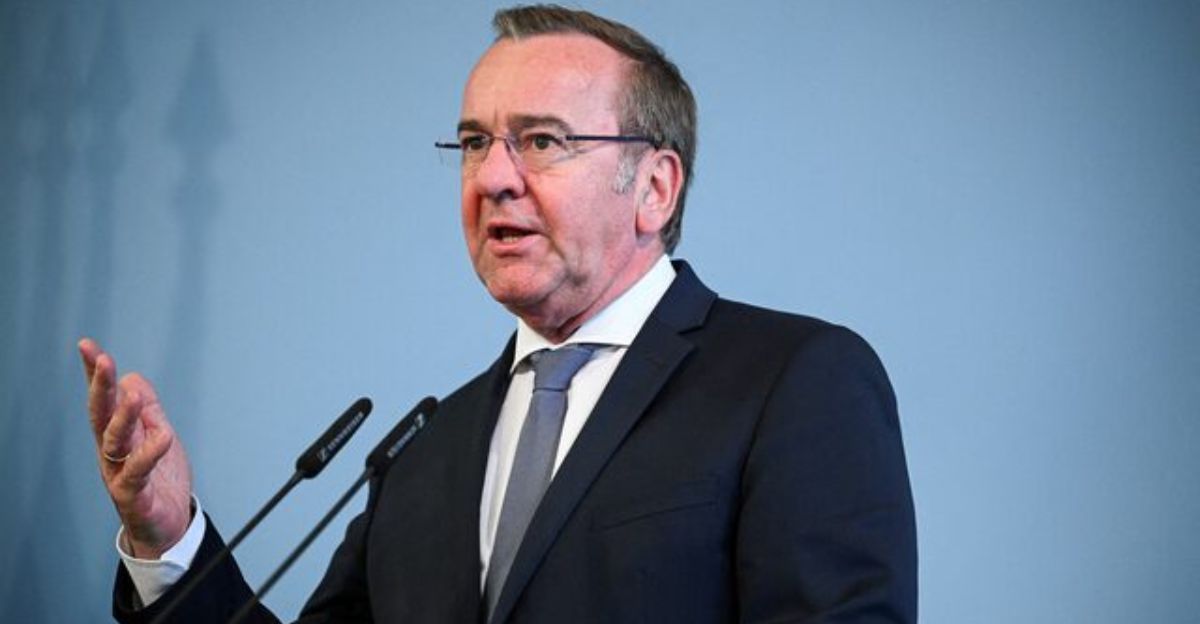
At the Berlin meeting, Defence Minister Boris Pistorius said, “Ukraine can continue to rely on us,” on 14 November 2025. His statement came as allies debated how to respond to reduced funding and heightened Russian attacks. Germany positioned itself as the actor willing to move ahead.
That message links closely to what Ukrainian officials described at the same gathering.
Ukraine’s Needs Are Growing
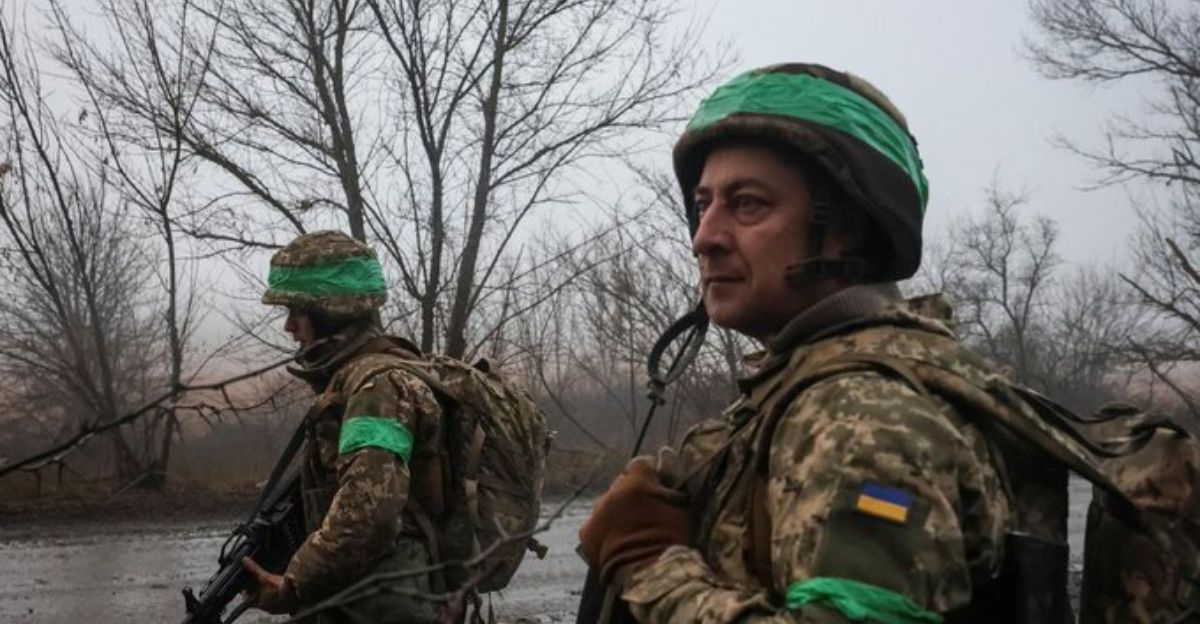
Ukraine joined the Berlin session by video, outlining urgent demands for air defence and ammunition. Officials described repeated strikes on cities and energy sites. They warned that the fourth winter will bring heavier salvos and deeper infrastructure losses if support slows. These details appeared across European briefings in mid November.
Those warnings frame why PURL purchases are becoming central to winter planning.
How PURL Works
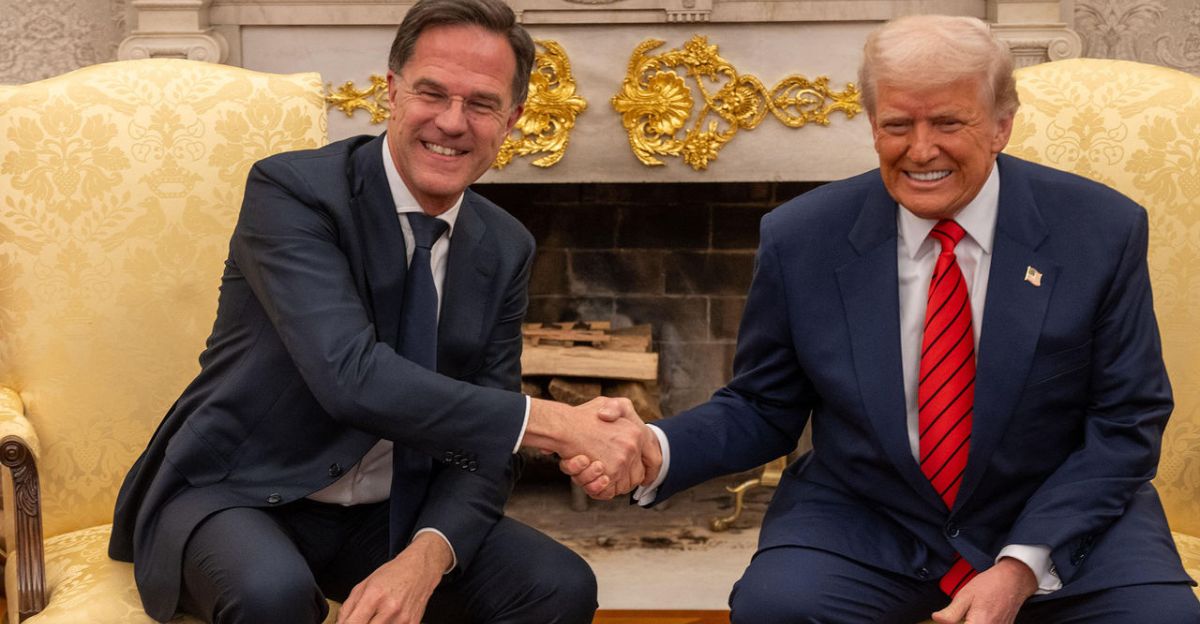
The Prioritised Ukraine Requirements List was launched in July by NATO’s Secretary General Mark Rutte and US President Donald Trump. It identifies Ukraine’s top defence gaps and channels allied money to buy mostly US-made systems. By mid November, at least sixteen countries had pledged more than $2.82 billion through PURL.
That structure explains why Germany’s new funding flows directly into US production lines.
Where The Money Goes

Patriot systems, NASAMS components, and interceptor missiles are built in US factories across several states. Supply chains include electronics, composites, propulsion units, and logistics services. Germany’s €150 million package moves through these networks before reaching Ukrainian air defence crews.
Those manufacturing steps shape economic outcomes far beyond the battlefield.
Impact On Workers And Businesses
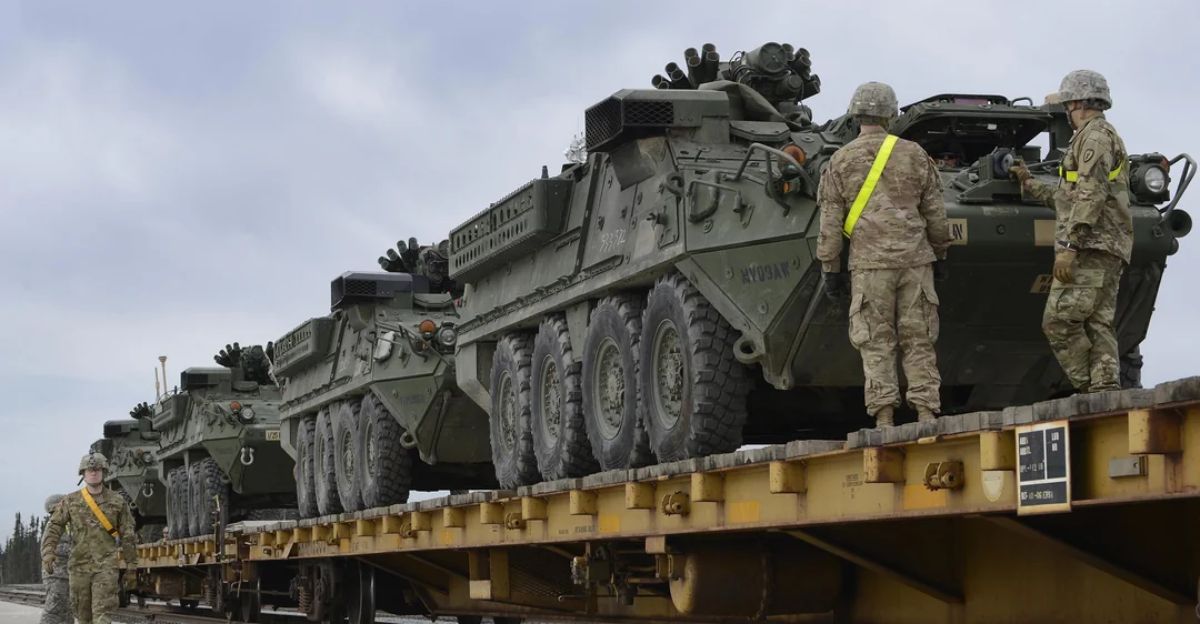
US defence workers in engineering, assembly, and transport see strong demand from new orders under PURL. Small suppliers gain from subcontracting on parts and services. In Europe, some defence firms worry that US systems dominate these purchases, pushing EU-made alternatives aside.
This industrial tension grows while Ukraine faces immediate survival challenges at home.
Infrastructure Under Attack

Repeated Russian strikes have damaged or disabled roughly 60 percent of Ukraine’s natural gas production capacity. In late October, a wave of 705 missiles and drones targeted infrastructure across the country, one of the largest attacks since the invasion. Officials warned that blackouts and heating shortages could worsen through winter.
These conditions shape how urgently Ukraine needs additional air defence systems.
Daily Life Under Pressure
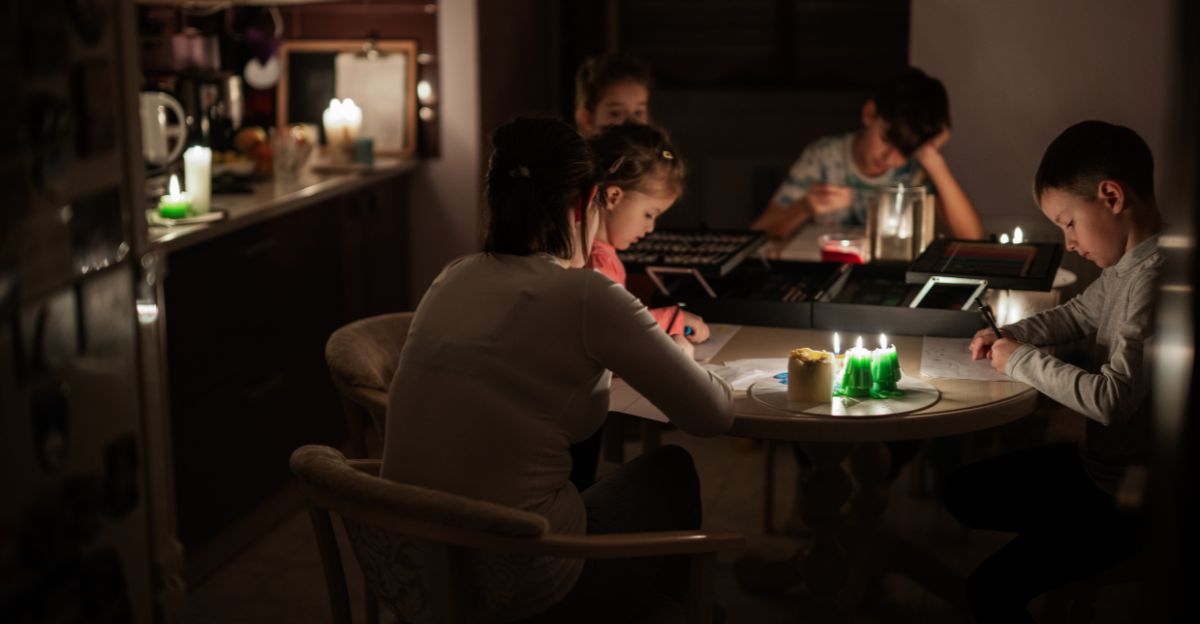
Ukrainian households face rolling outages and shortages of heat and water as damage accumulates. Small businesses depend on stable power to survive, from bakeries to workshops to repair firms. Each successful air defence interception reduces physical harm and keeps local economies functioning longer.
Yet energy resilience alone cannot lower the risks of winter escalation.
Rising Hybrid Threats In Europe
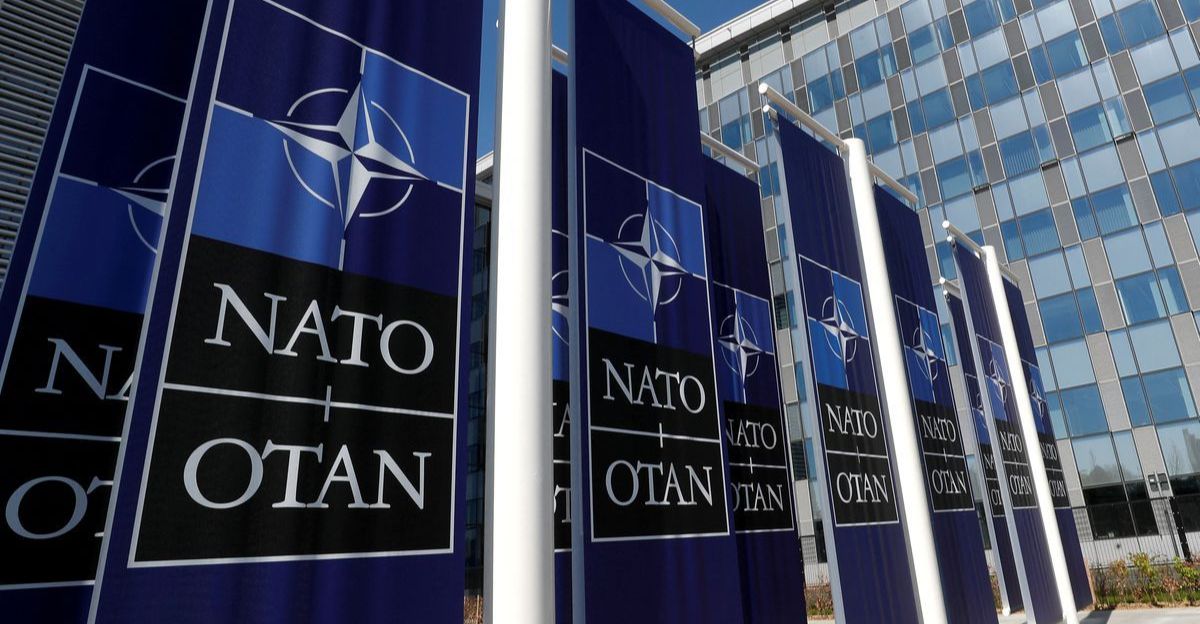
NATO countries have faced drone incursions and suspected Russian activity near or inside their airspace. Airports in Poland, Germany, and the Baltics have temporarily closed after alarms. At the Berlin meeting, Pistorius noted that “you do not have to be Sherlock Holmes” to suspect outside involvement, though investigations continue.
These tensions influence how Europe weighs Ukraine spending.
Why Germany Is Moving Ahead

Berlin is expanding its Ukraine line by roughly €3 billion even as partners reduce theirs. Analysts link this to political pressure, strategic responsibility, and the need to prevent another refugee wave if Ukraine’s grid collapses. Germany’s leaders argue that slowing support now would make future costs far higher.
Those arguments feed directly into upcoming political decisions.
What Happens Next In Berlin
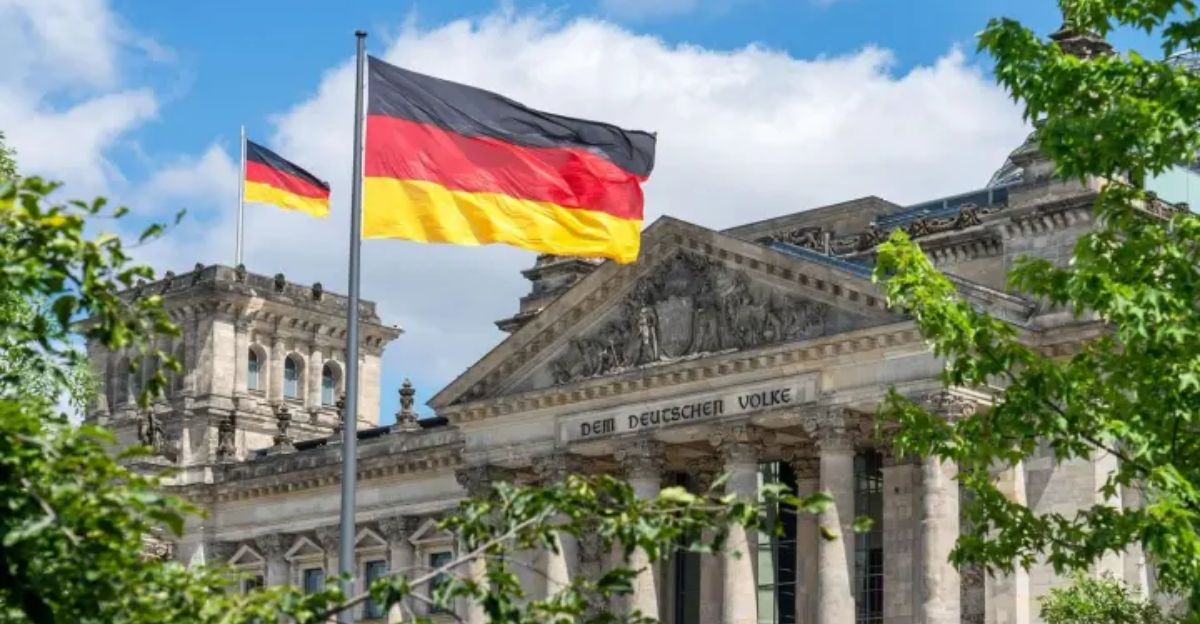
Lawmakers will vote later this month on the full 2026 budget, including the €11.5 billion Ukraine envelope. If passed, Germany will reach its largest support level since the war began. Officials say the plan includes long term contracts that extend into 2026 and early 2027.
The next international meeting could push the story further.
Looking Toward Early 2026
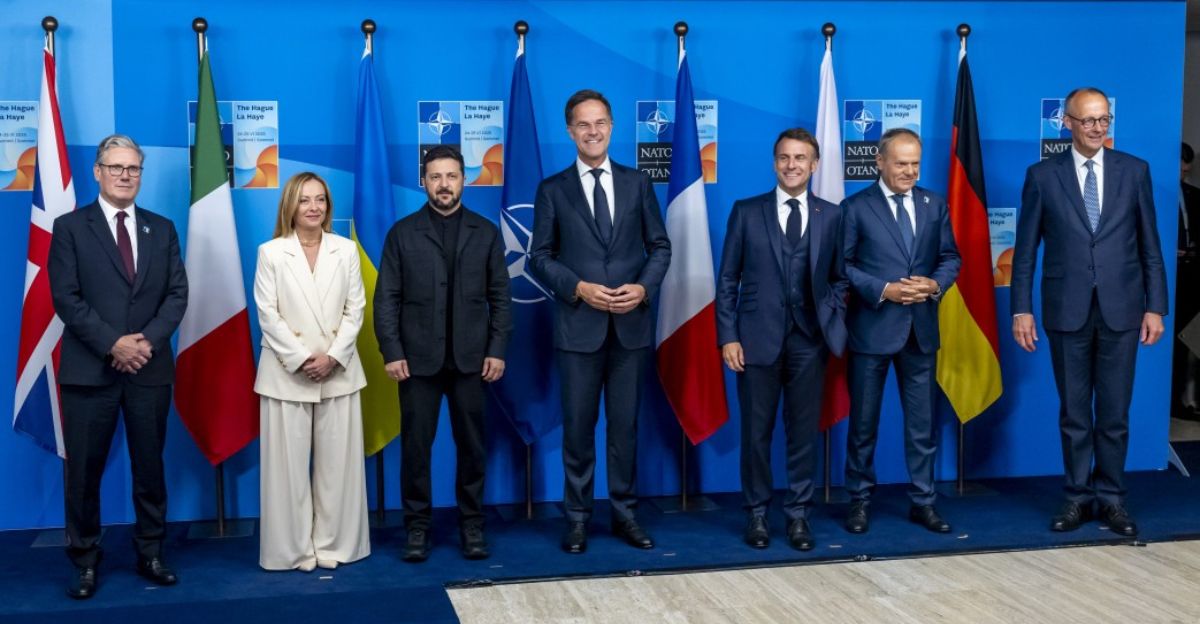
The E5 group will meet again in Warsaw early next year. Officials expect a joint drone defence procurement plan to be unveiled there. That plan could expand PURL purchases and broaden coordination between European and US manufacturers, shaping how allies respond to Russia’s evolving strategy.
Those decisions point to the broader stakes of this winter.
The Bigger Picture
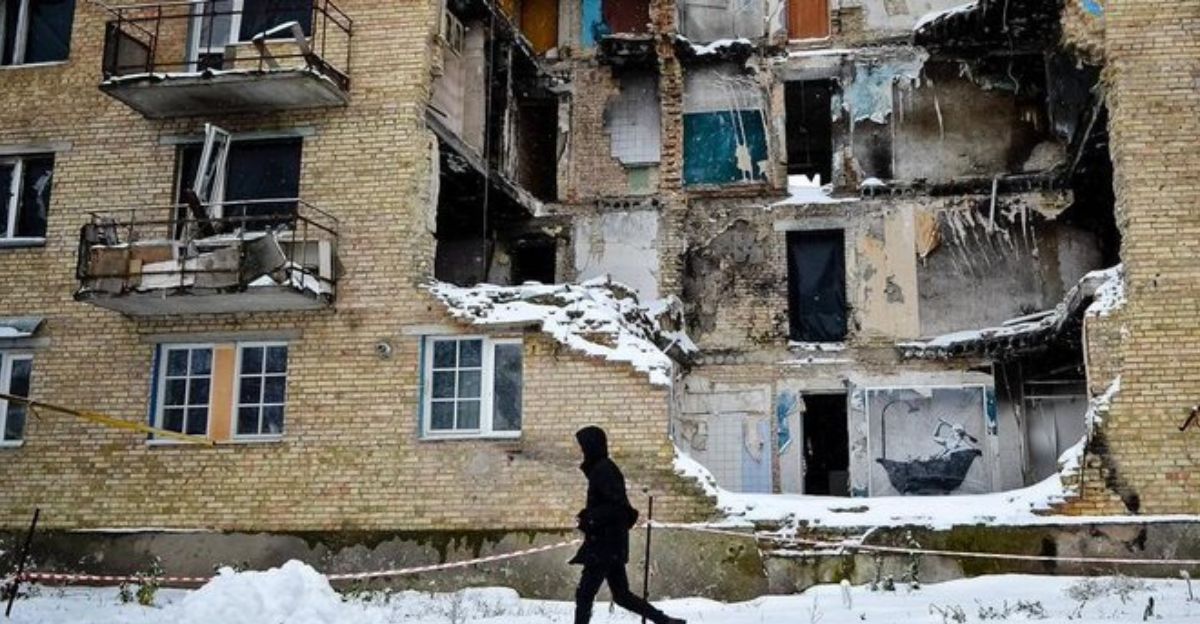
Germany’s aid increase, PURL’s growth, and Western budget fatigue are converging as Ukraine enters its hardest cold season yet. The fourth winter brings deeper energy damage, heavier attacks, and higher risks for civilians and businesses. Germany’s shift shows how one country is trying to offset a wider retreat.
How that balance holds will define Ukraine’s path through the months ahead.